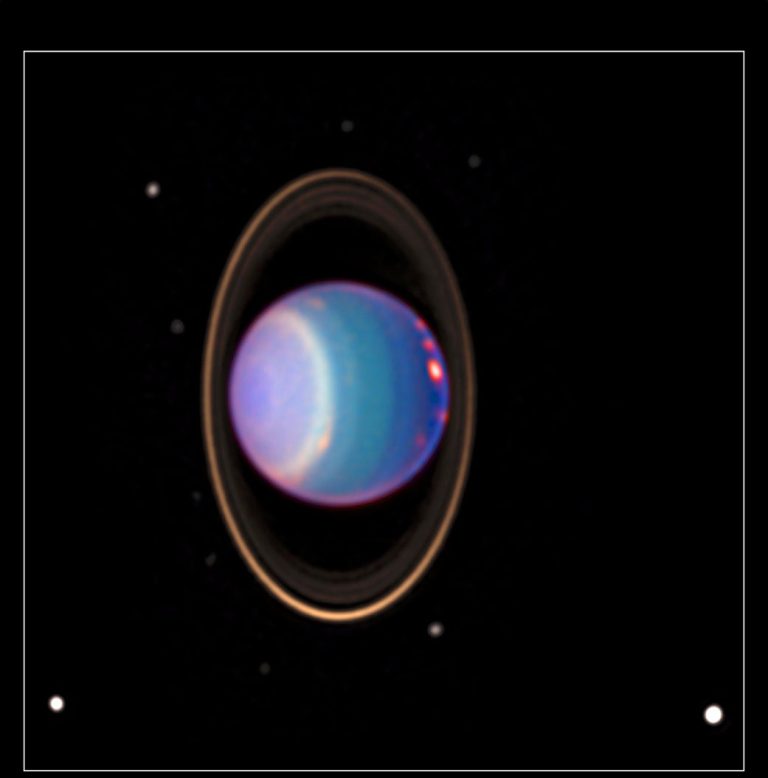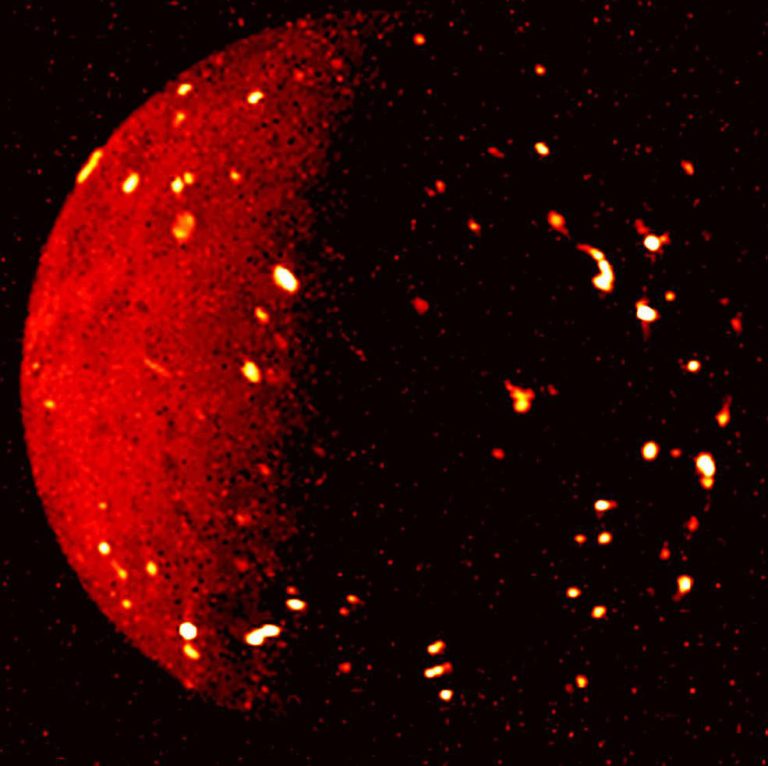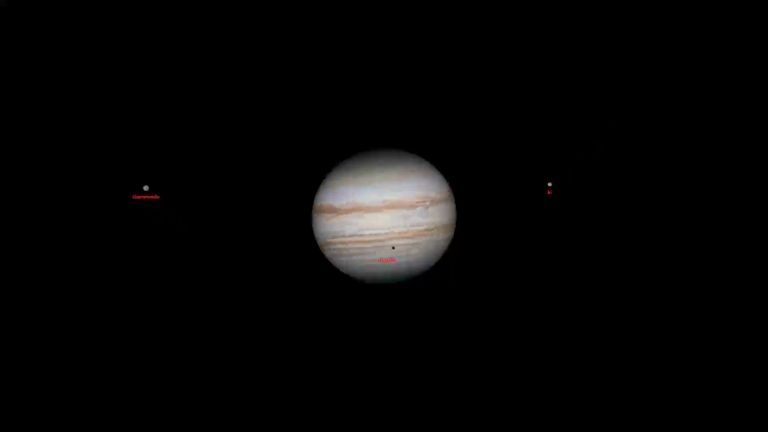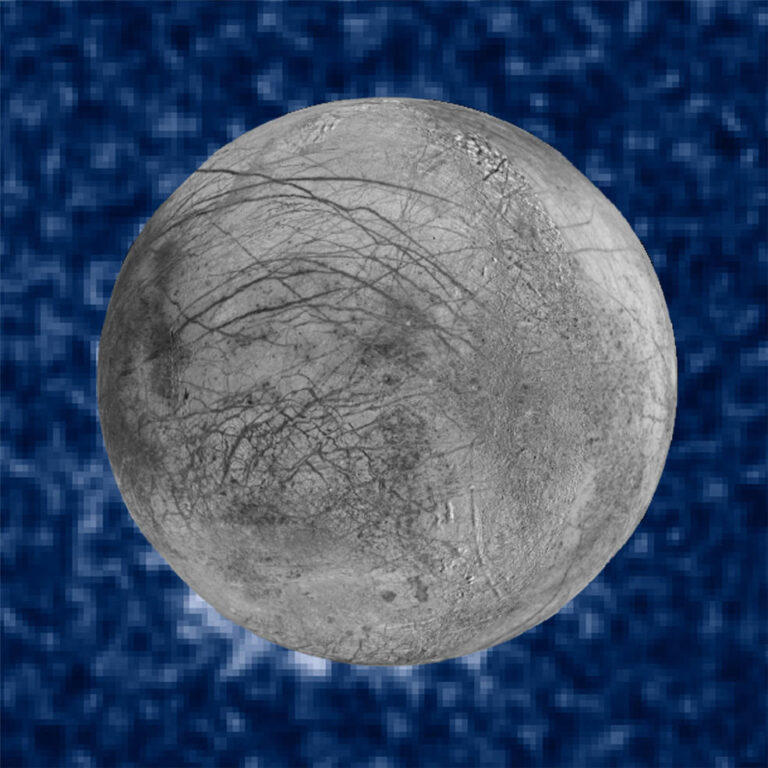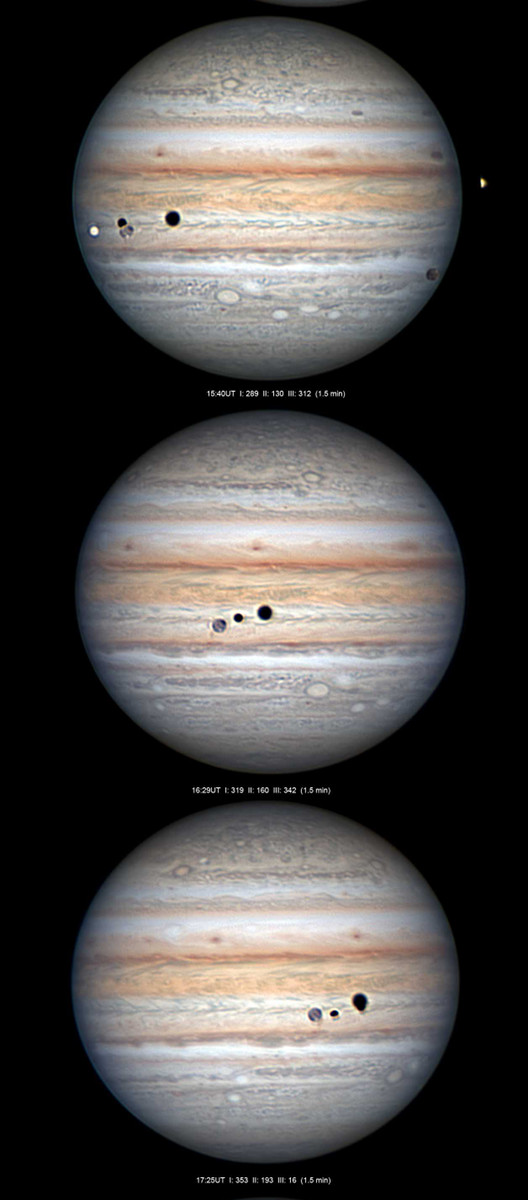恒星PDS 70的吸积盘、行星及卫星
2023年10月17日 PDS 70: Disk, Planets, and Moons Image Credit: ALMA (ESO/NAOJ/NRAO); M. Benisty et al. Explanation: It’s not the big ring that’s attracting the most attention. Although the big planet-forming ring around the star PDS 70 is clearly imaged and itself quite interesting. It’s also not the planet on the right, just inside the big disk, that’s being talked about the most. Although the planet PDS 70c is a newly formed and, interestingly, similar in size and mass to Jupiter. It’s the fuzzy patch around the planet PDS 70c that’s causing the commotion. That fuzzy patch is thought to be a dusty disk that is now forming into moons — and that had never been seen before. The featured image was taken in 2021 by…



